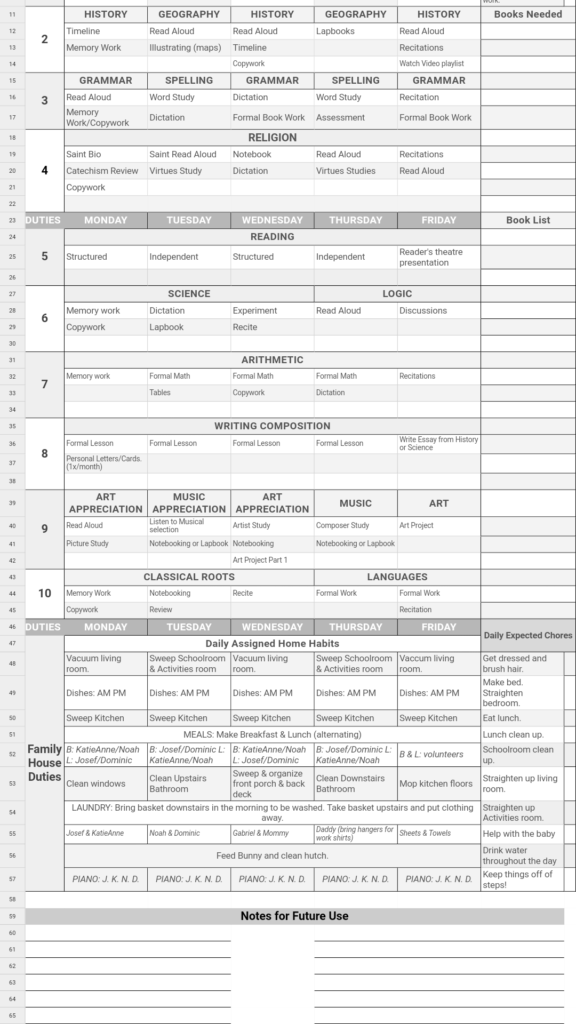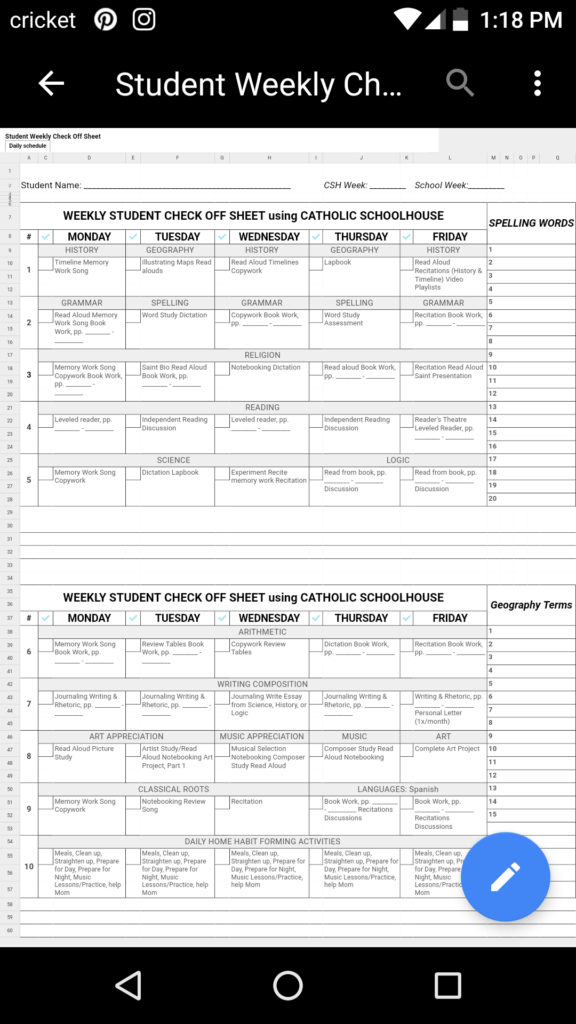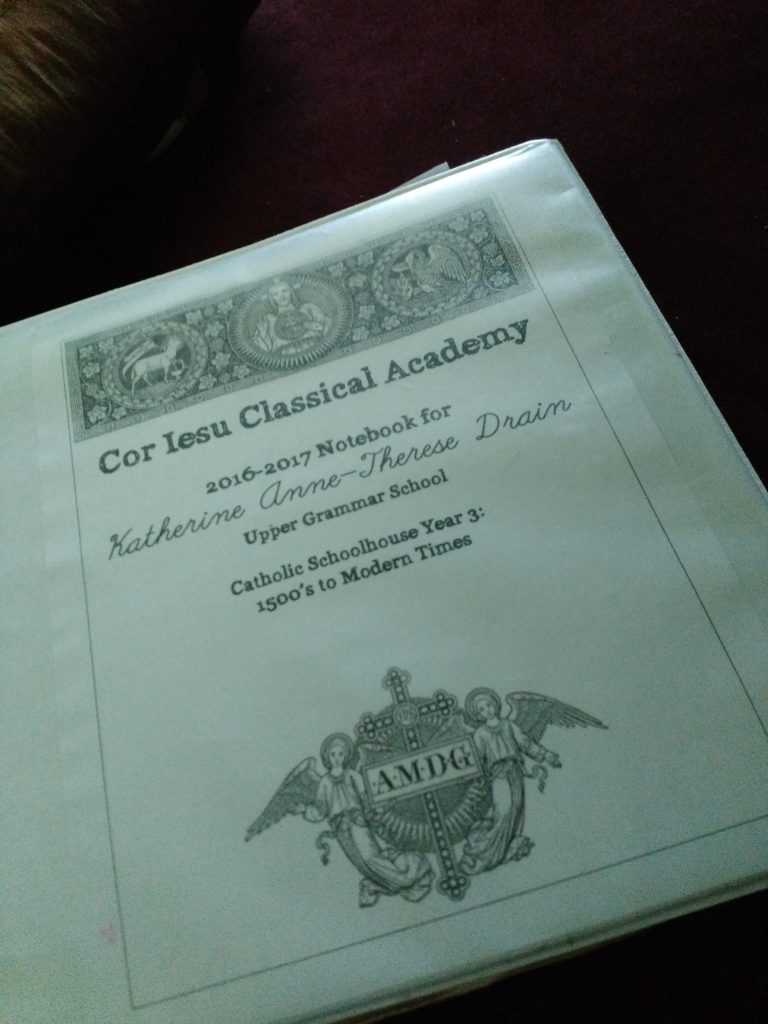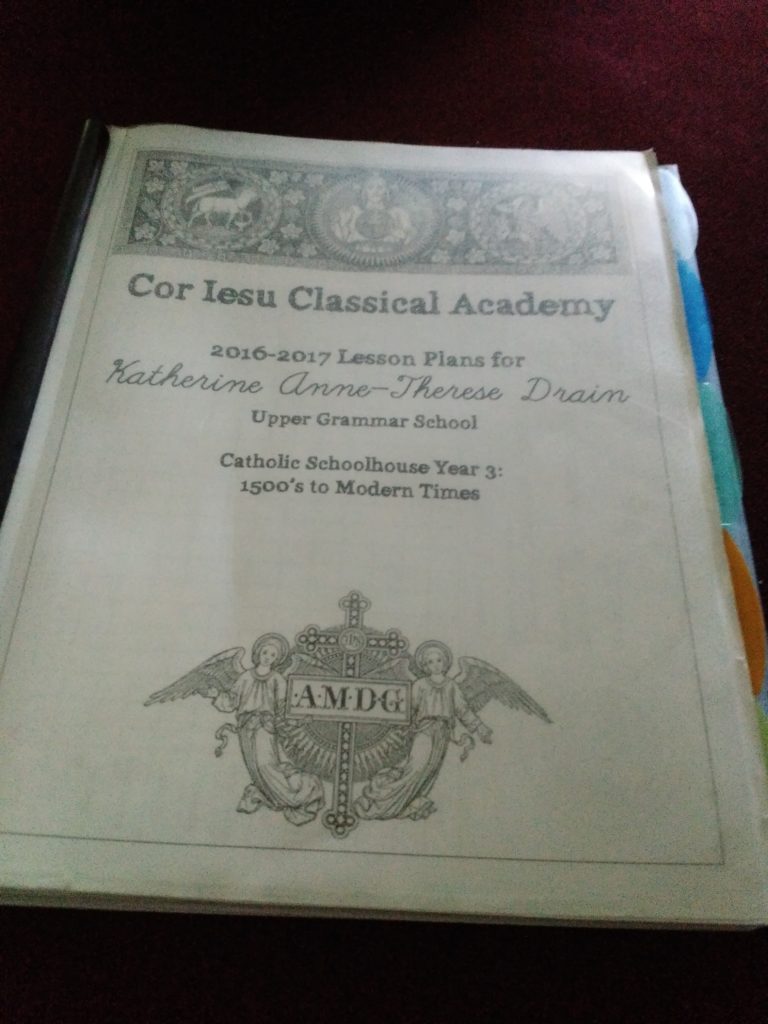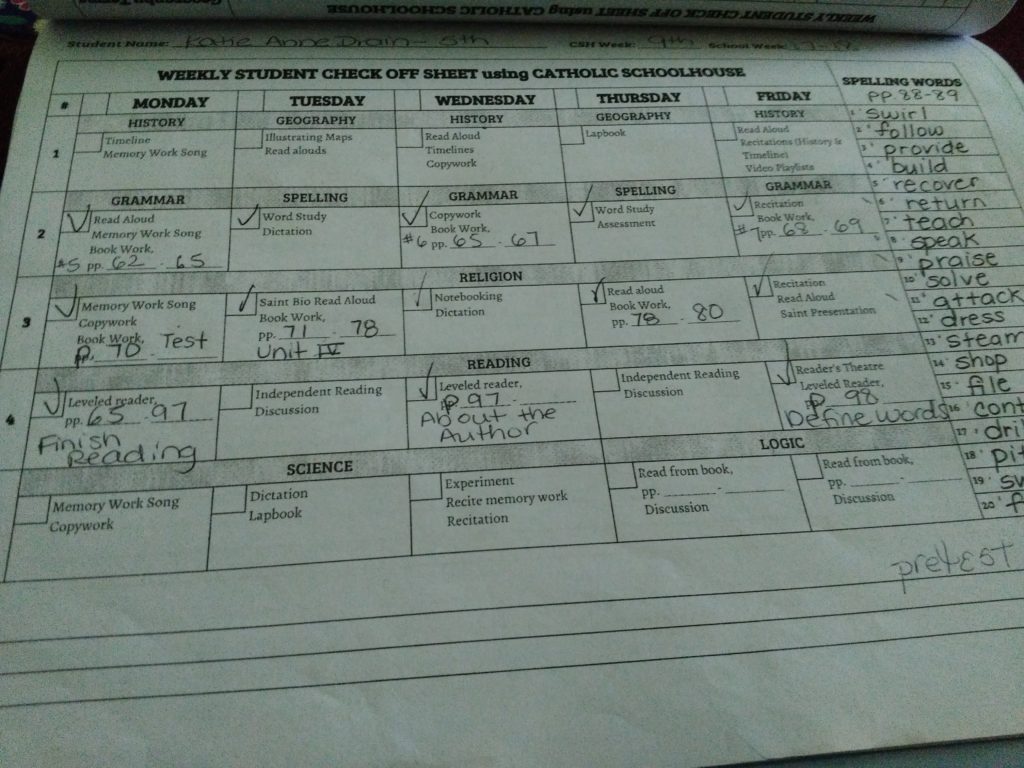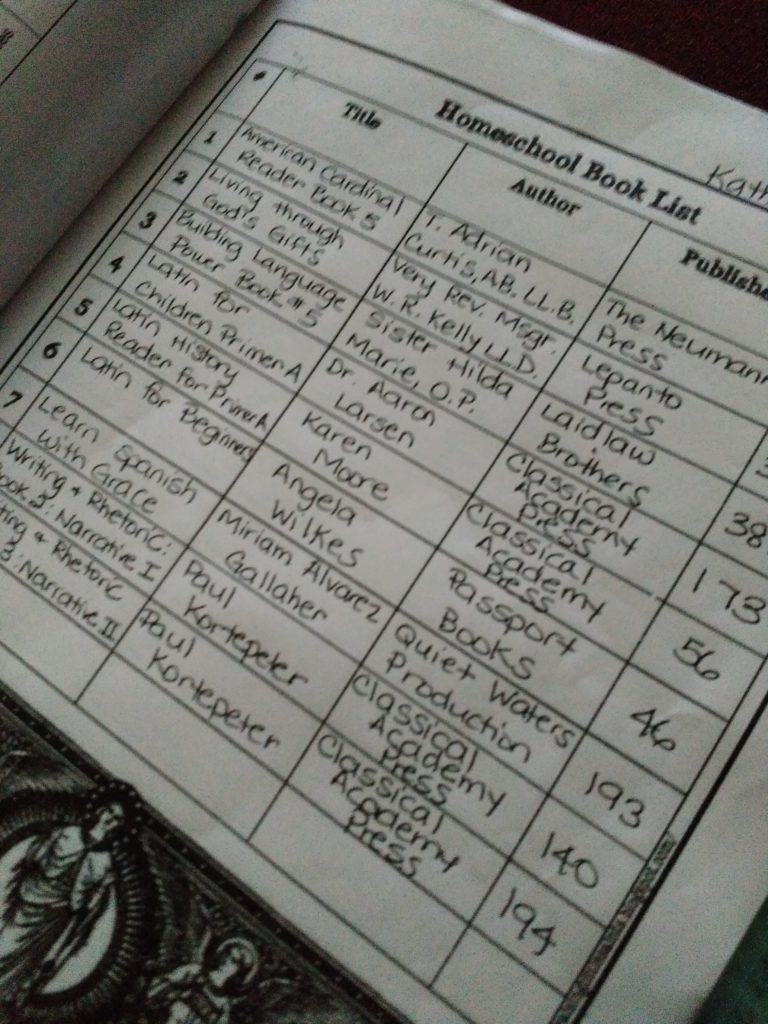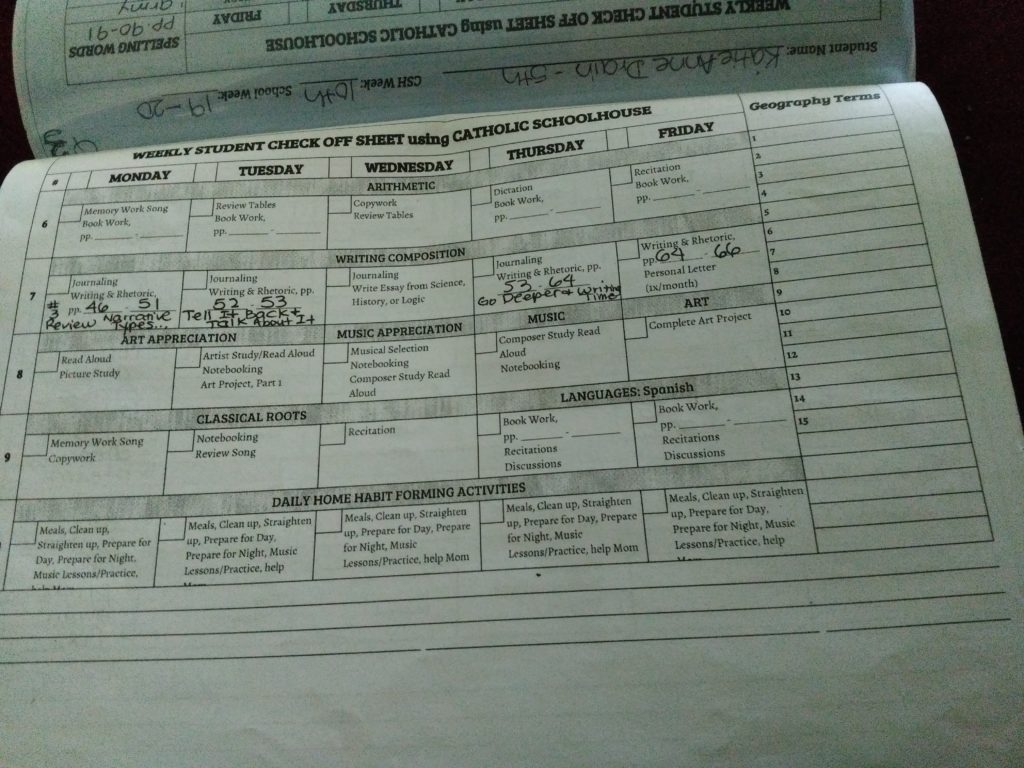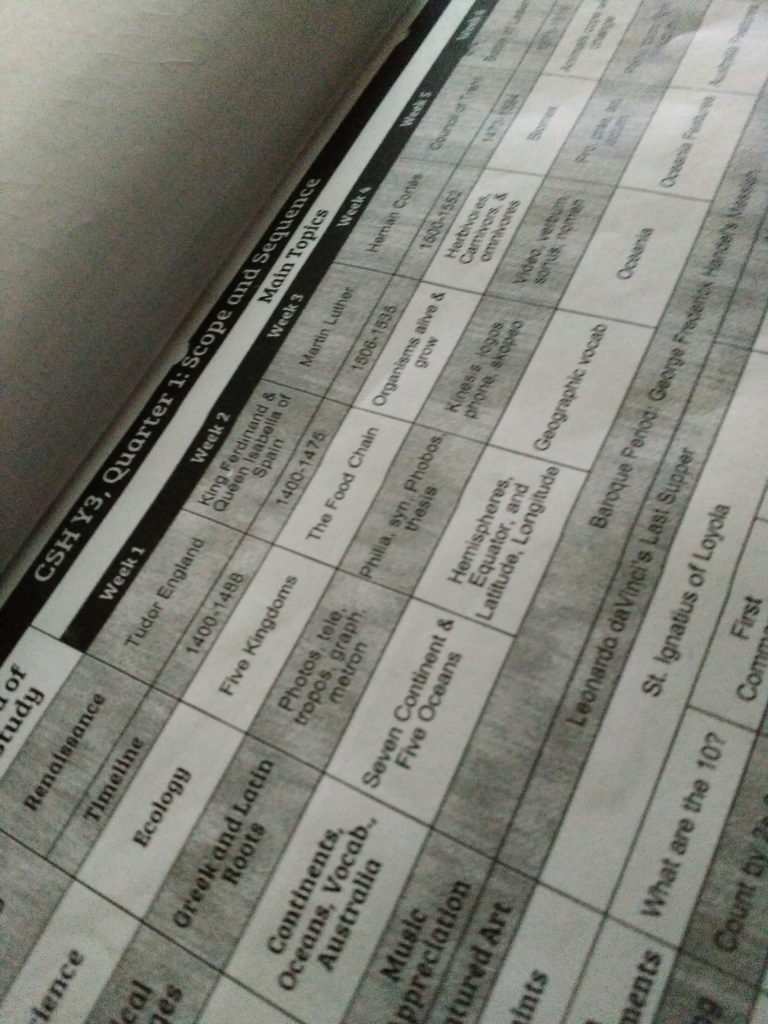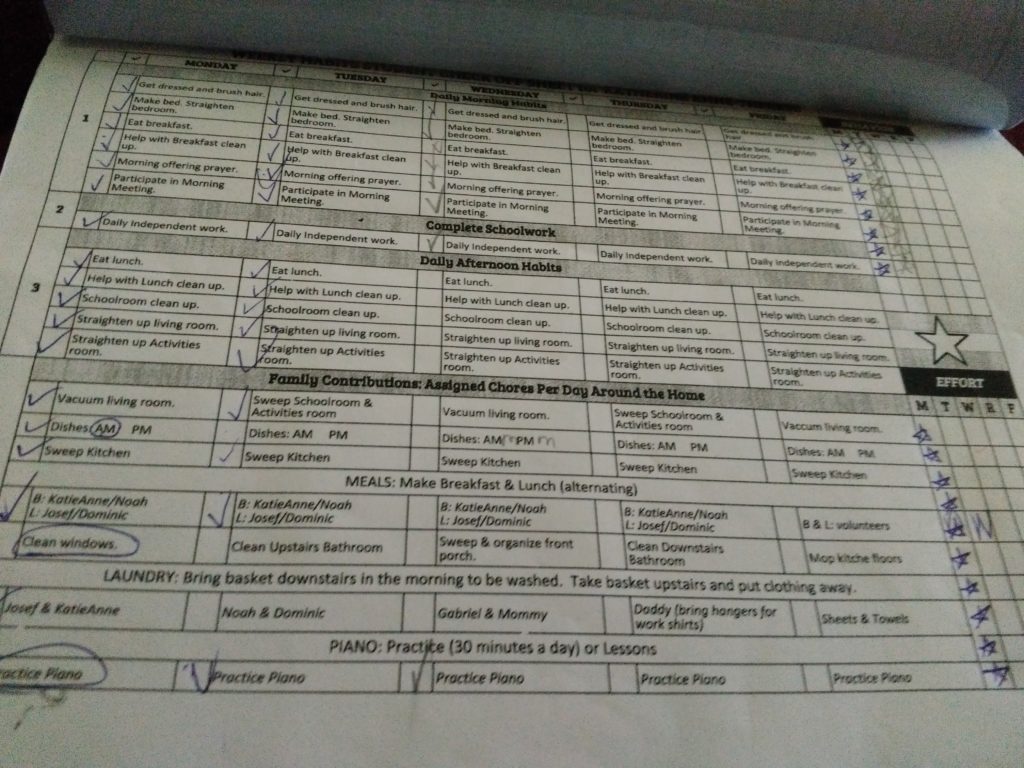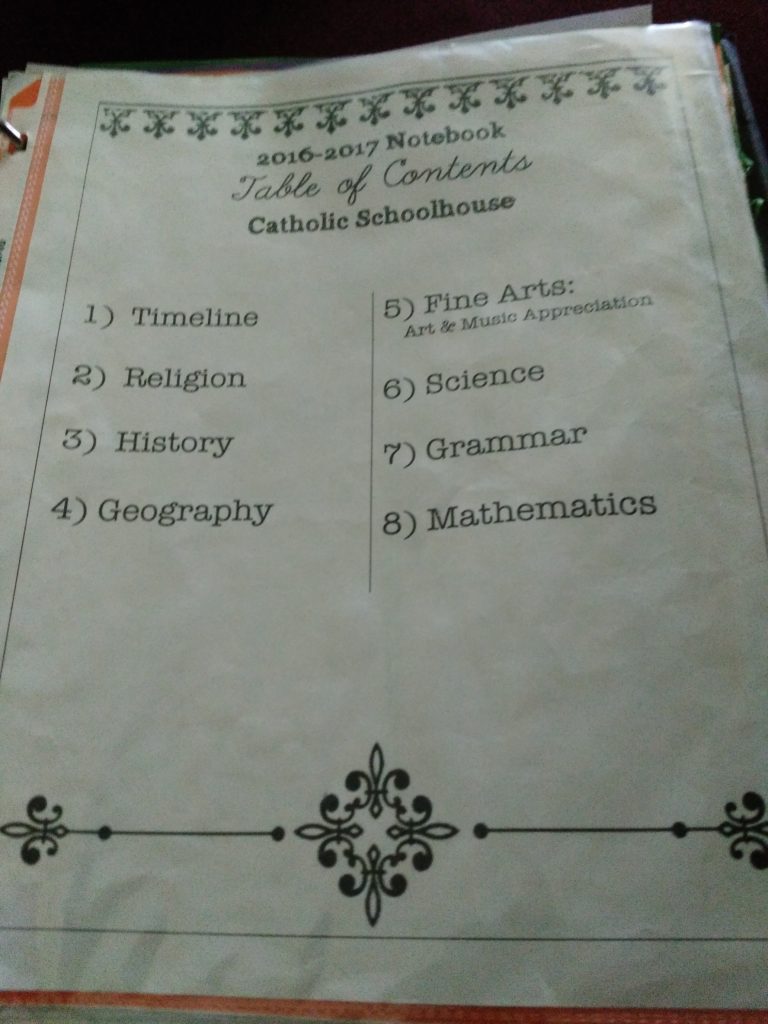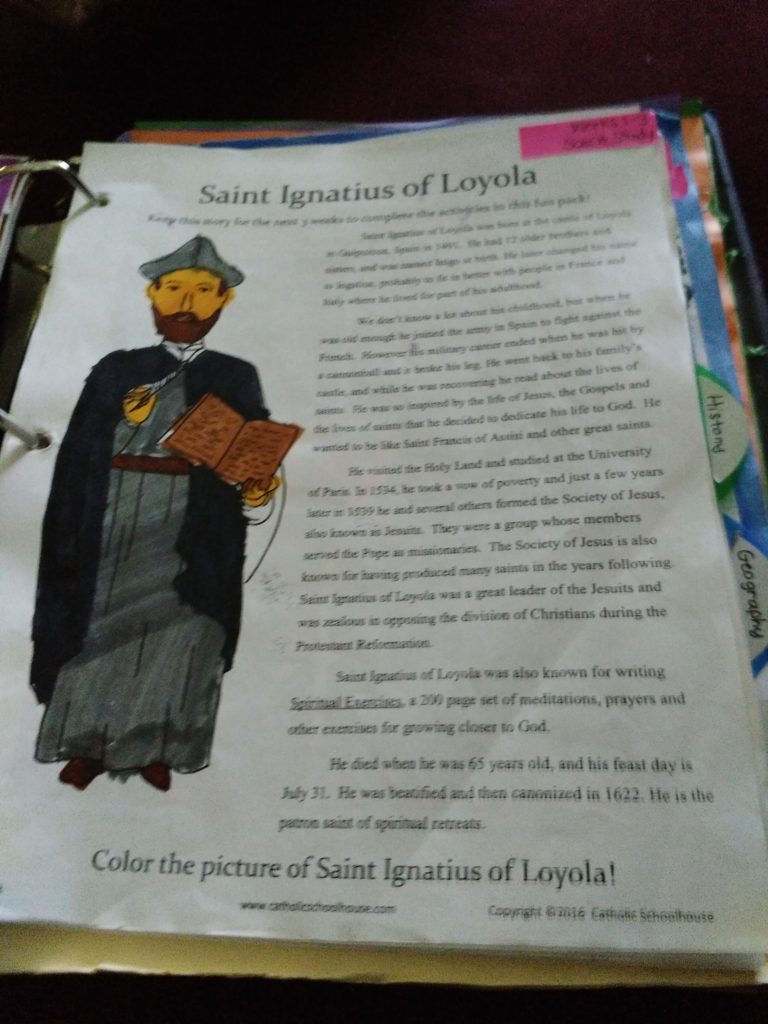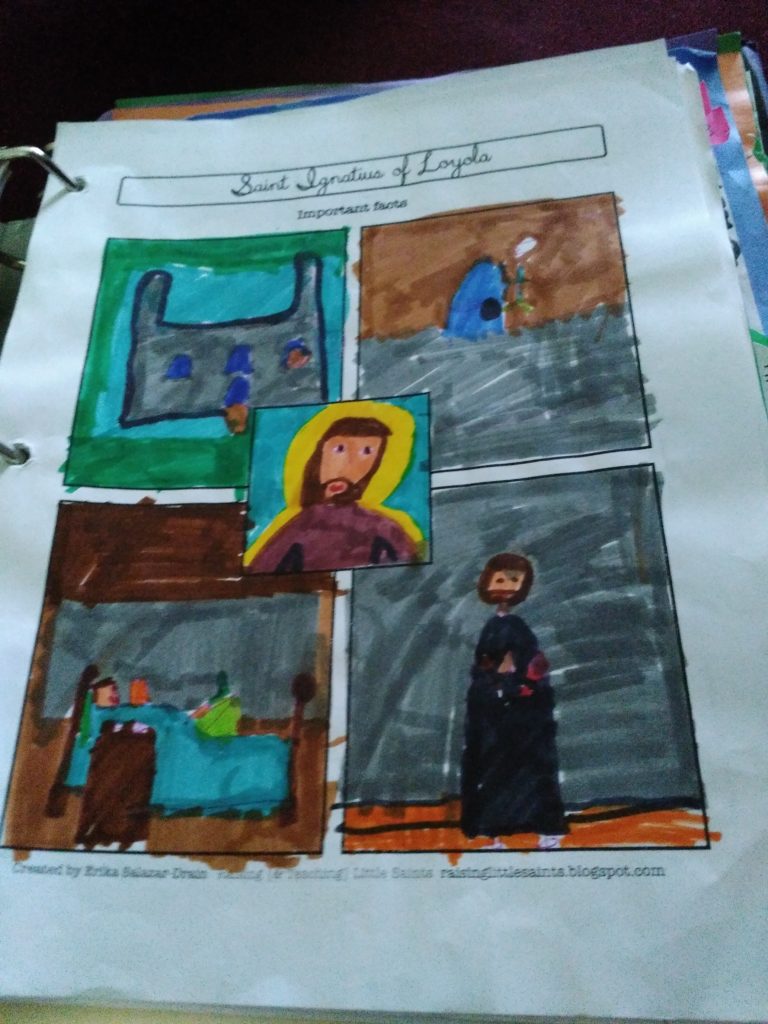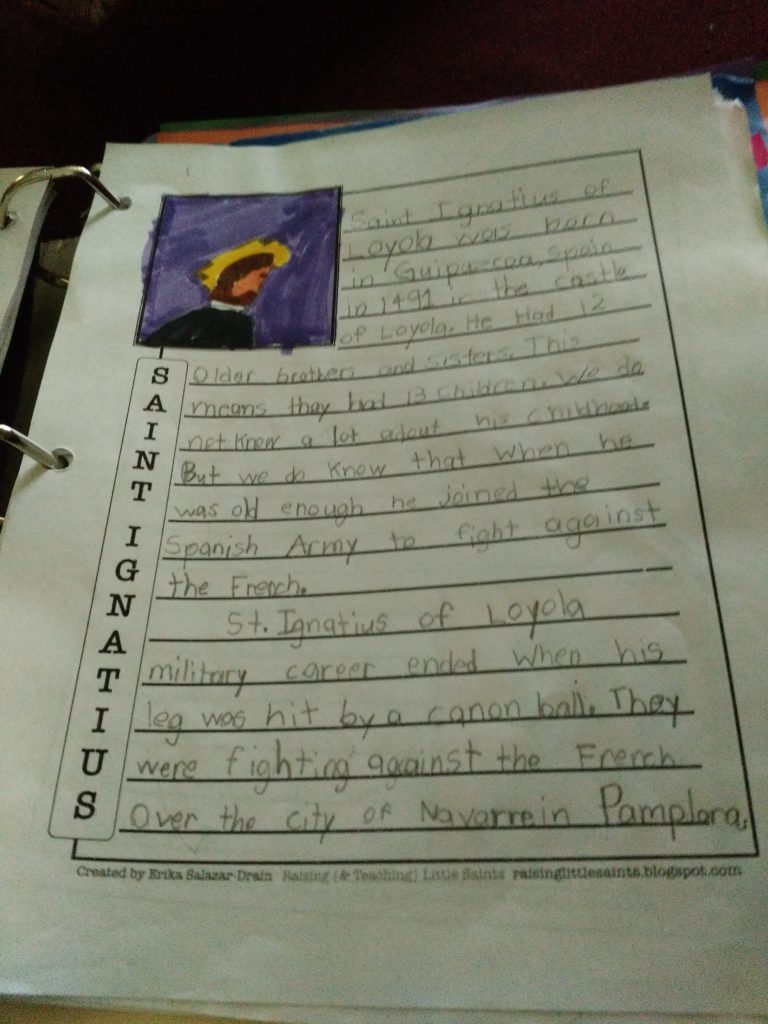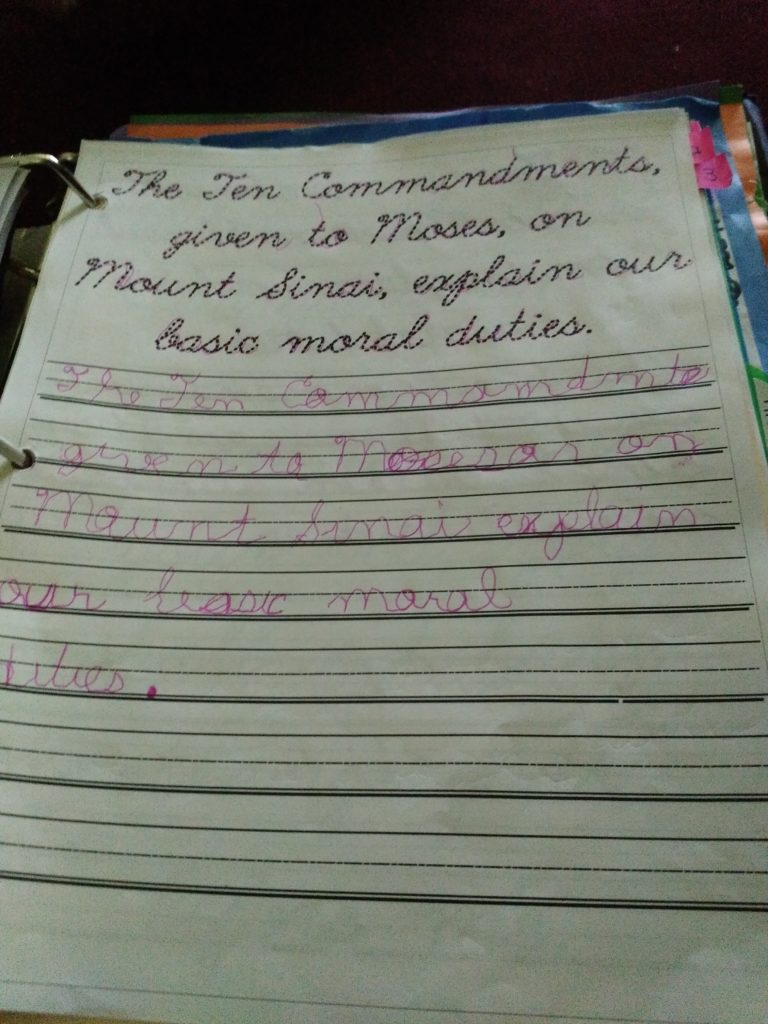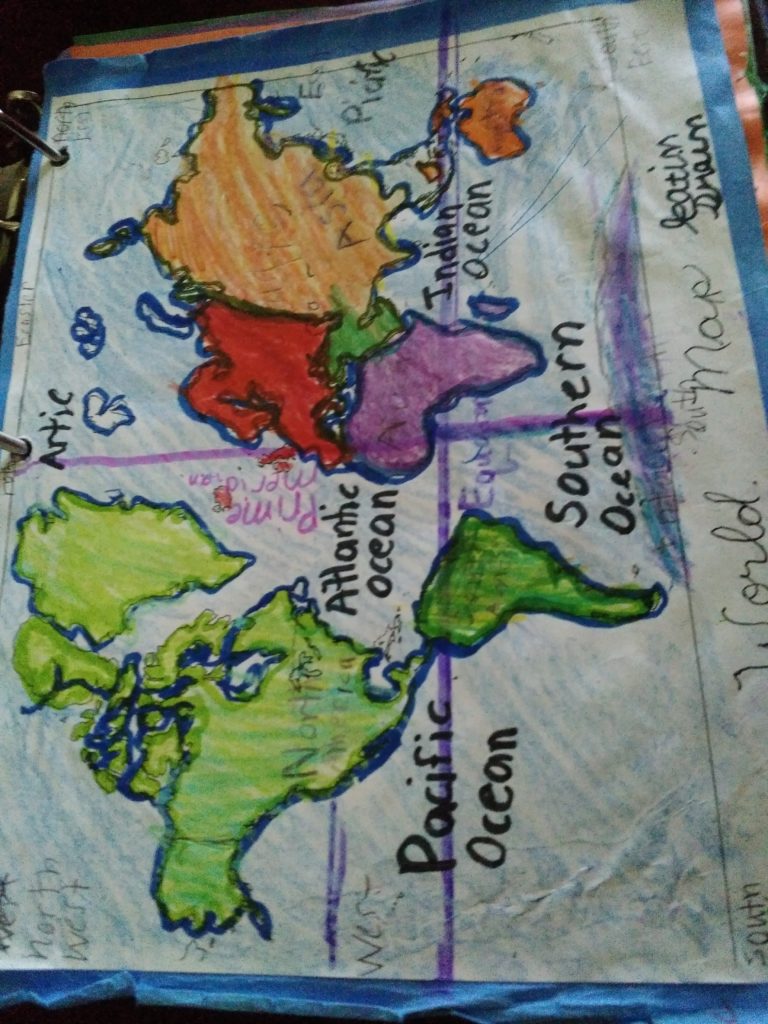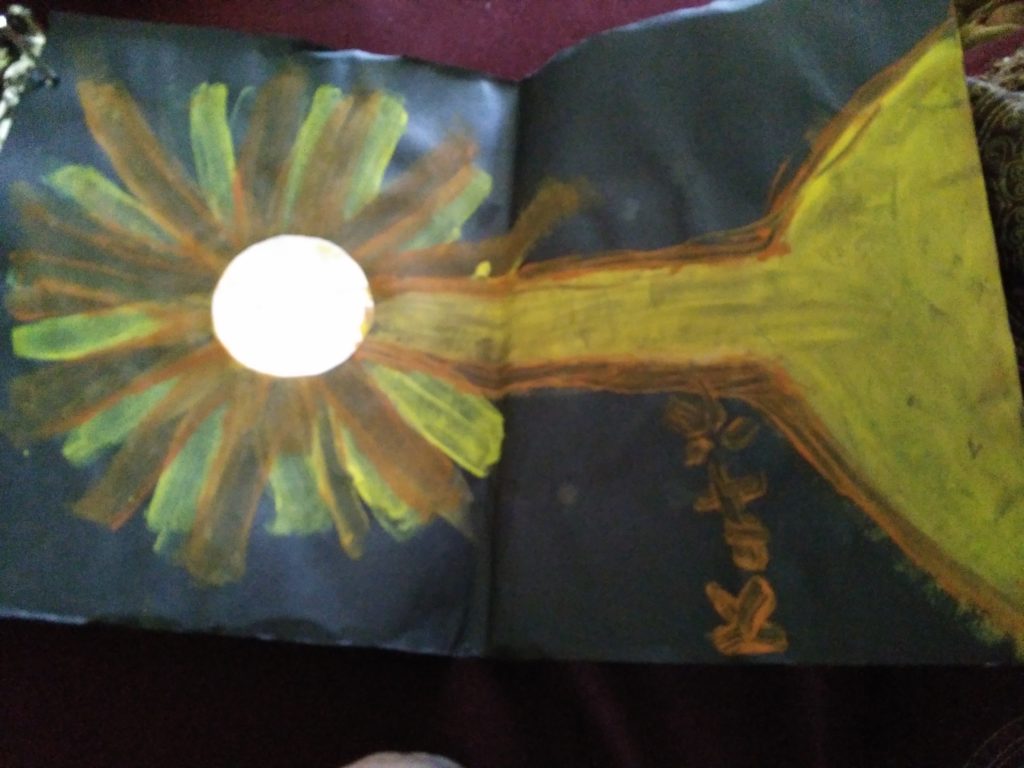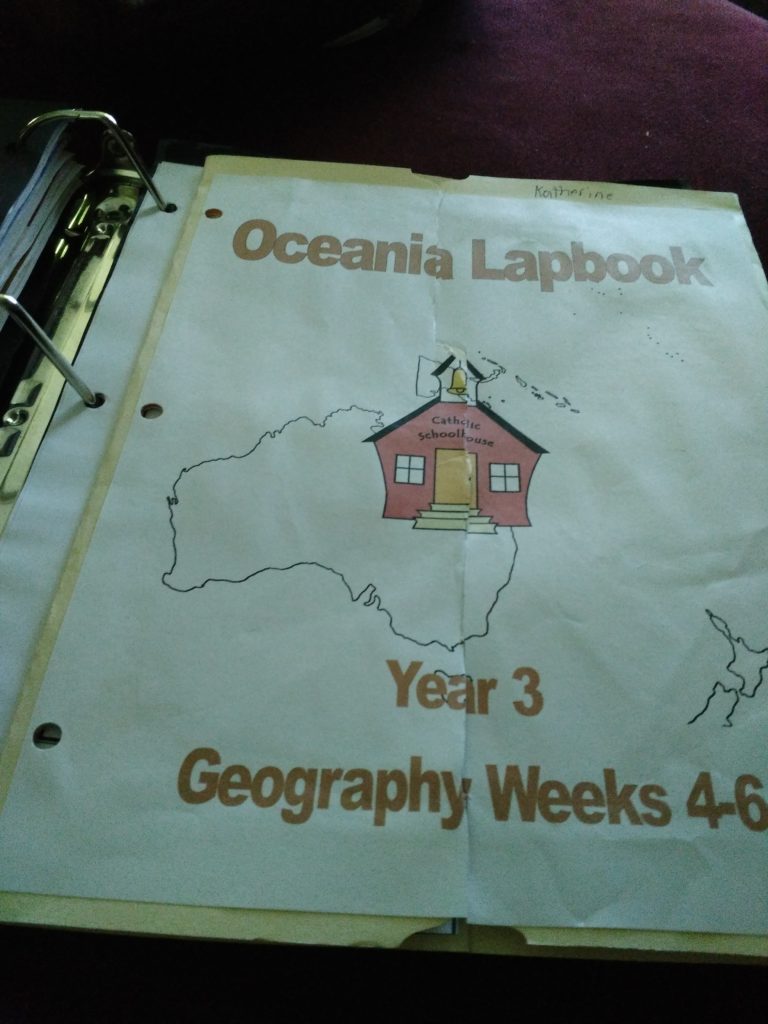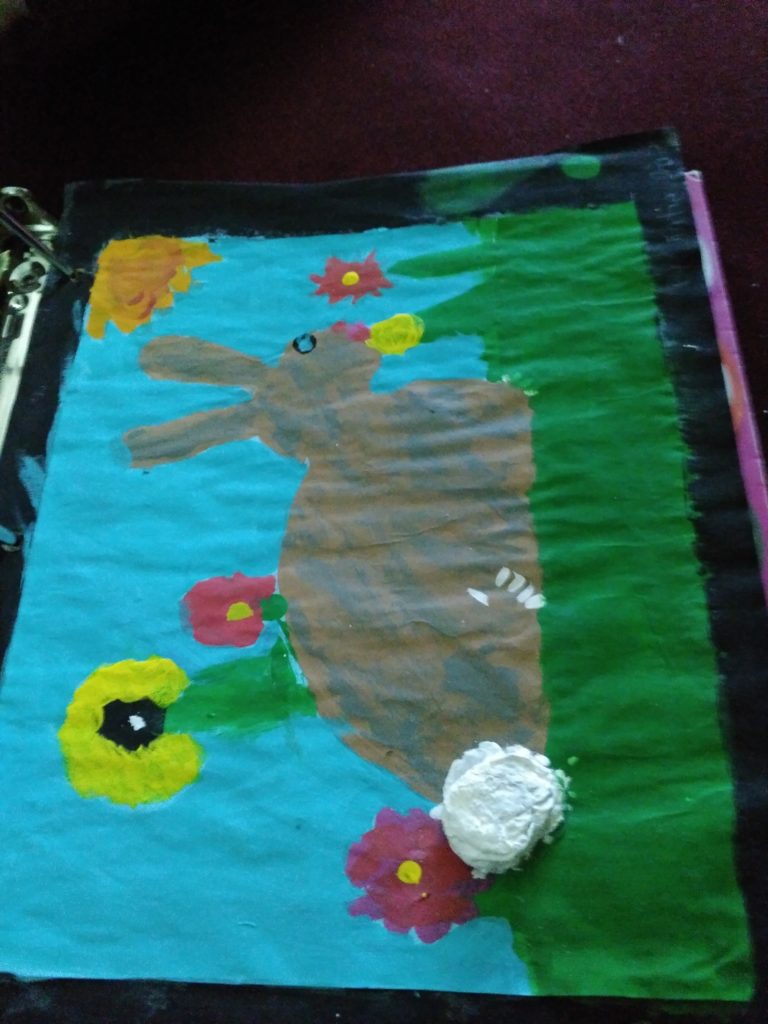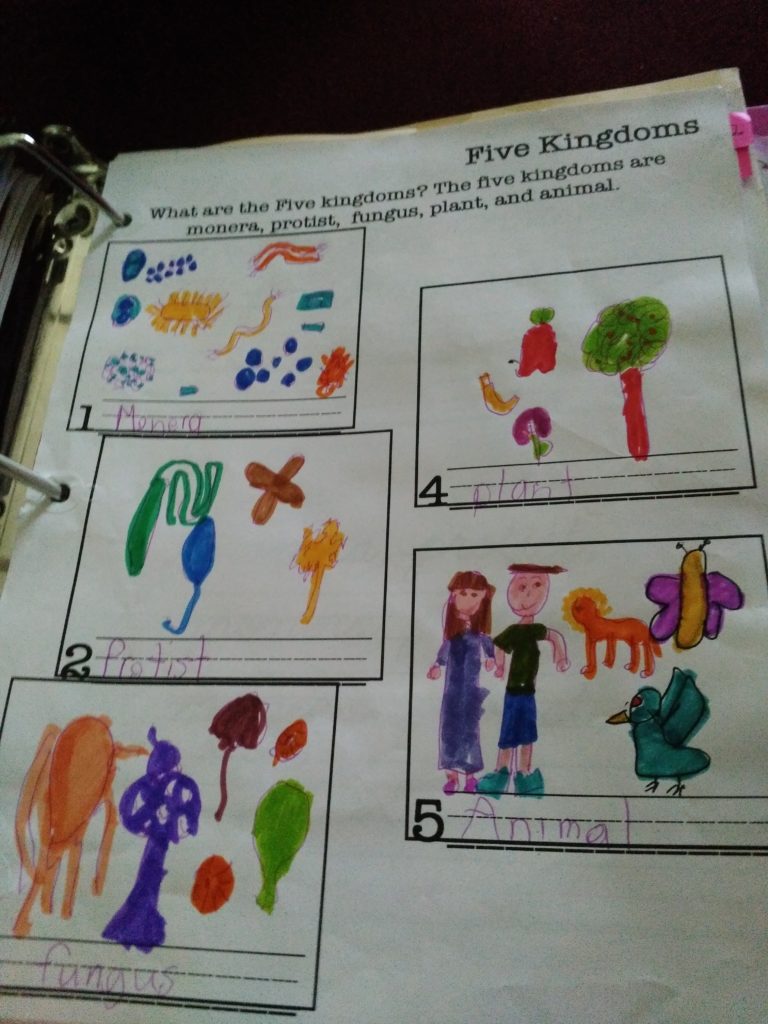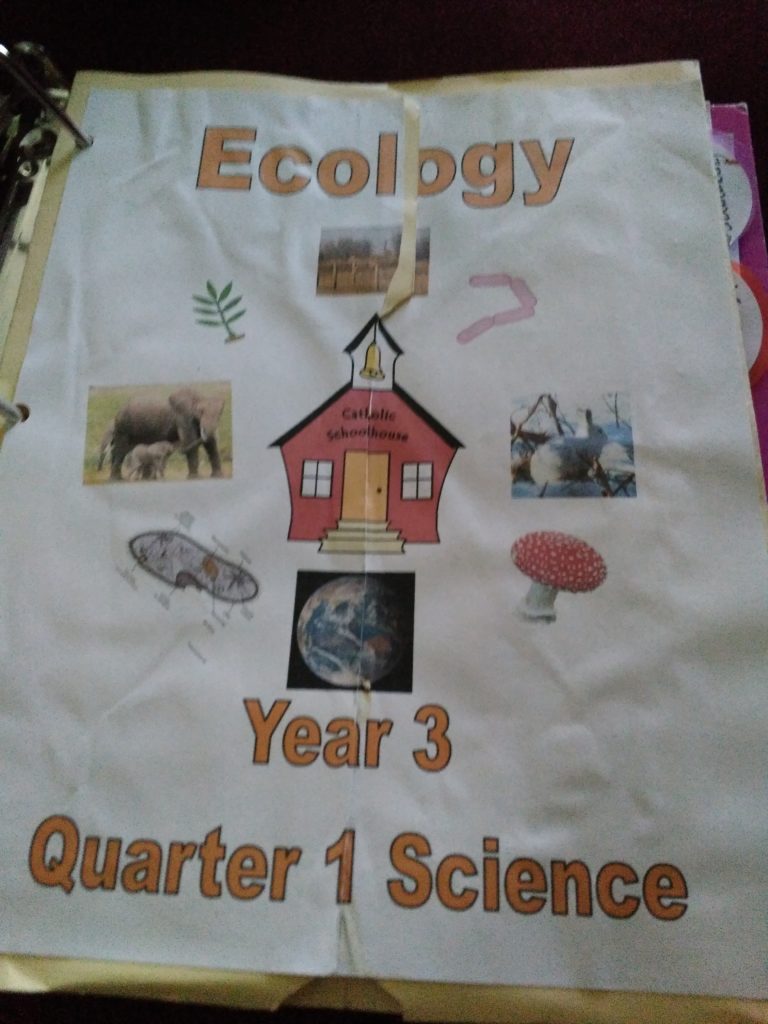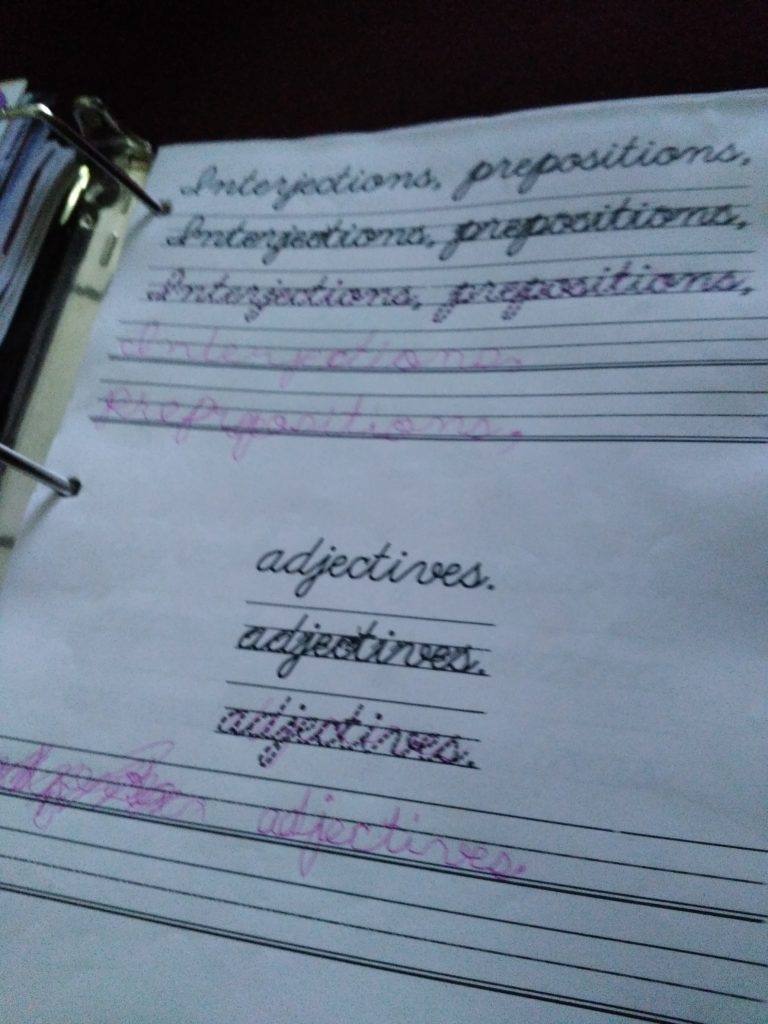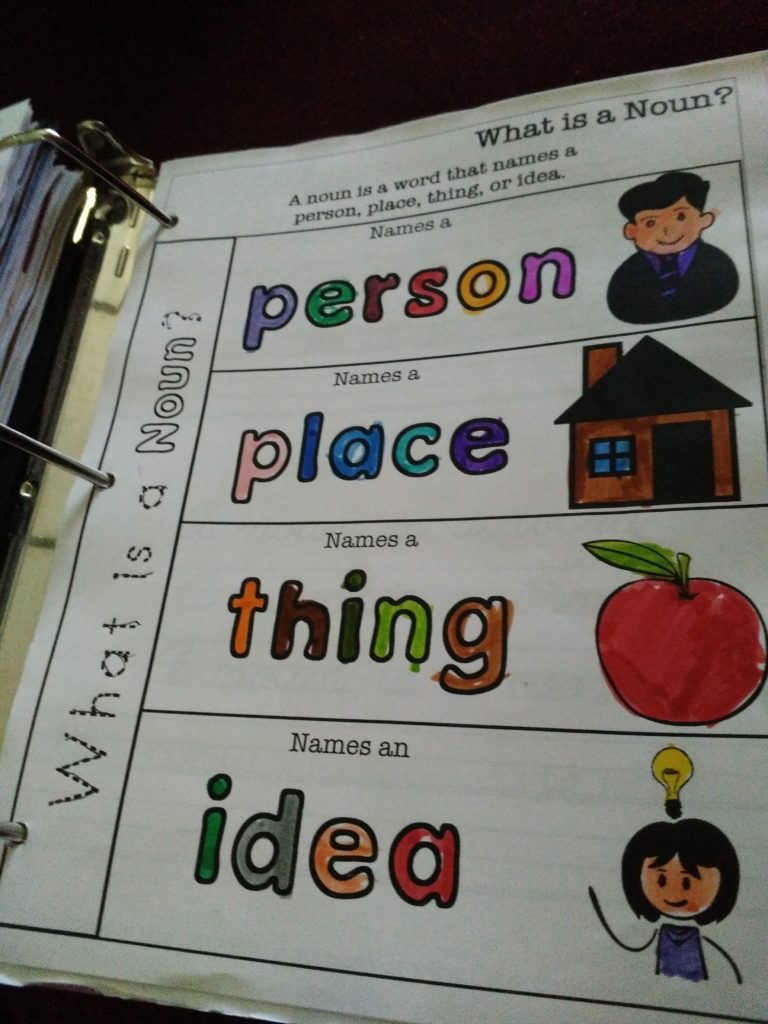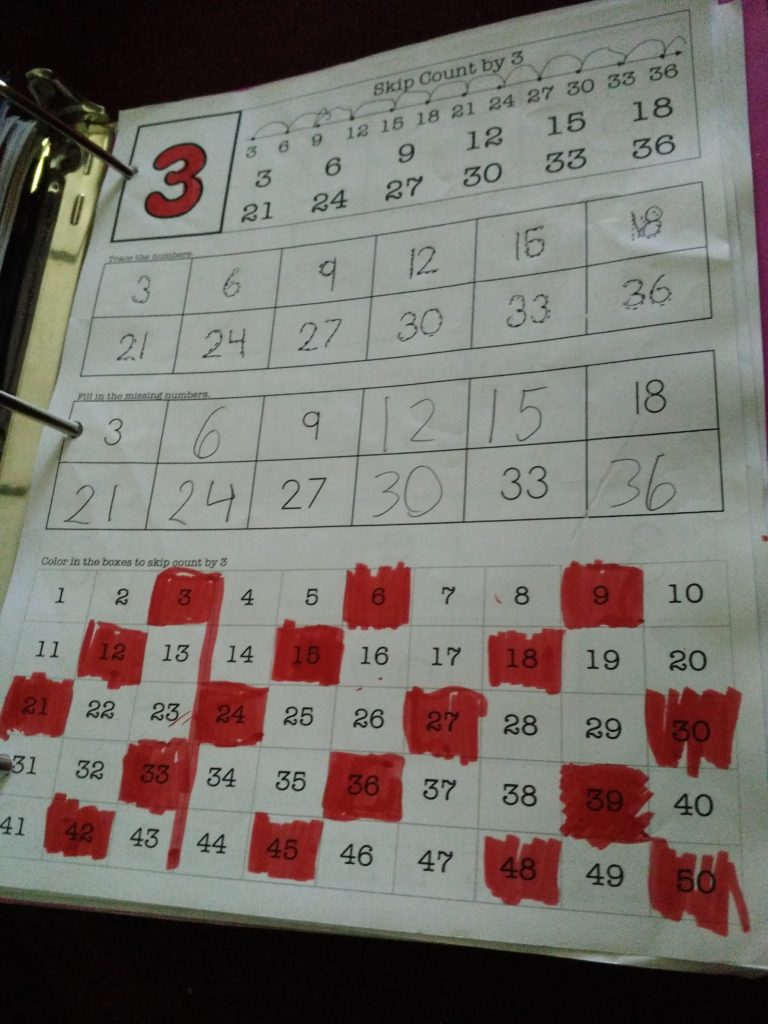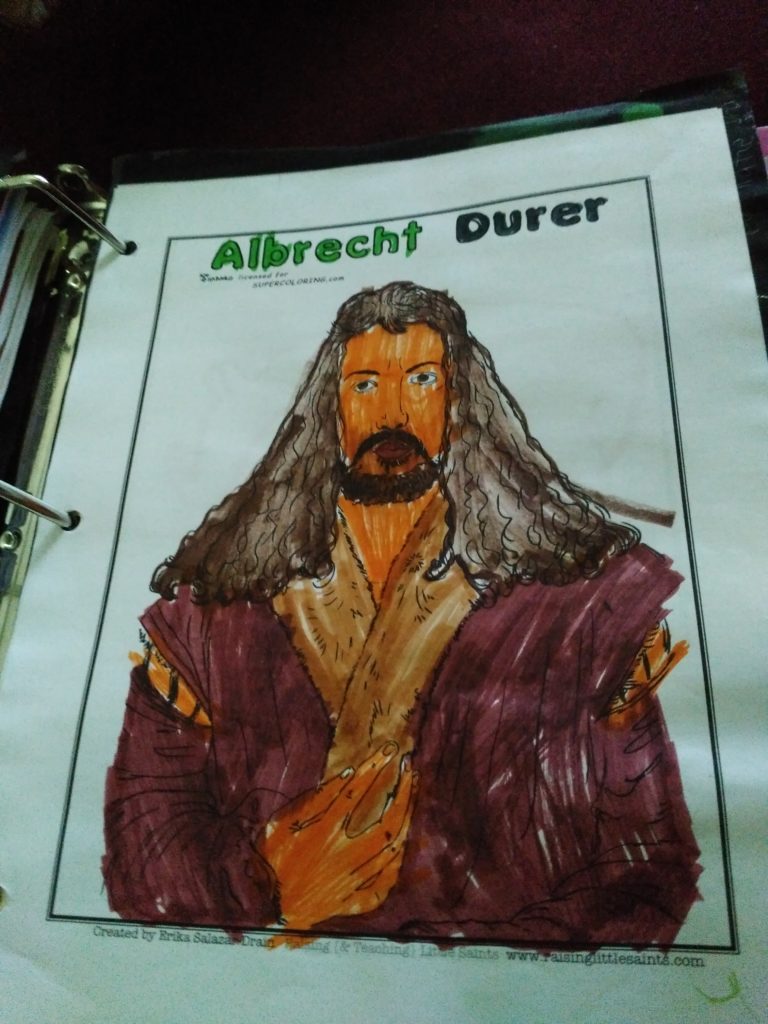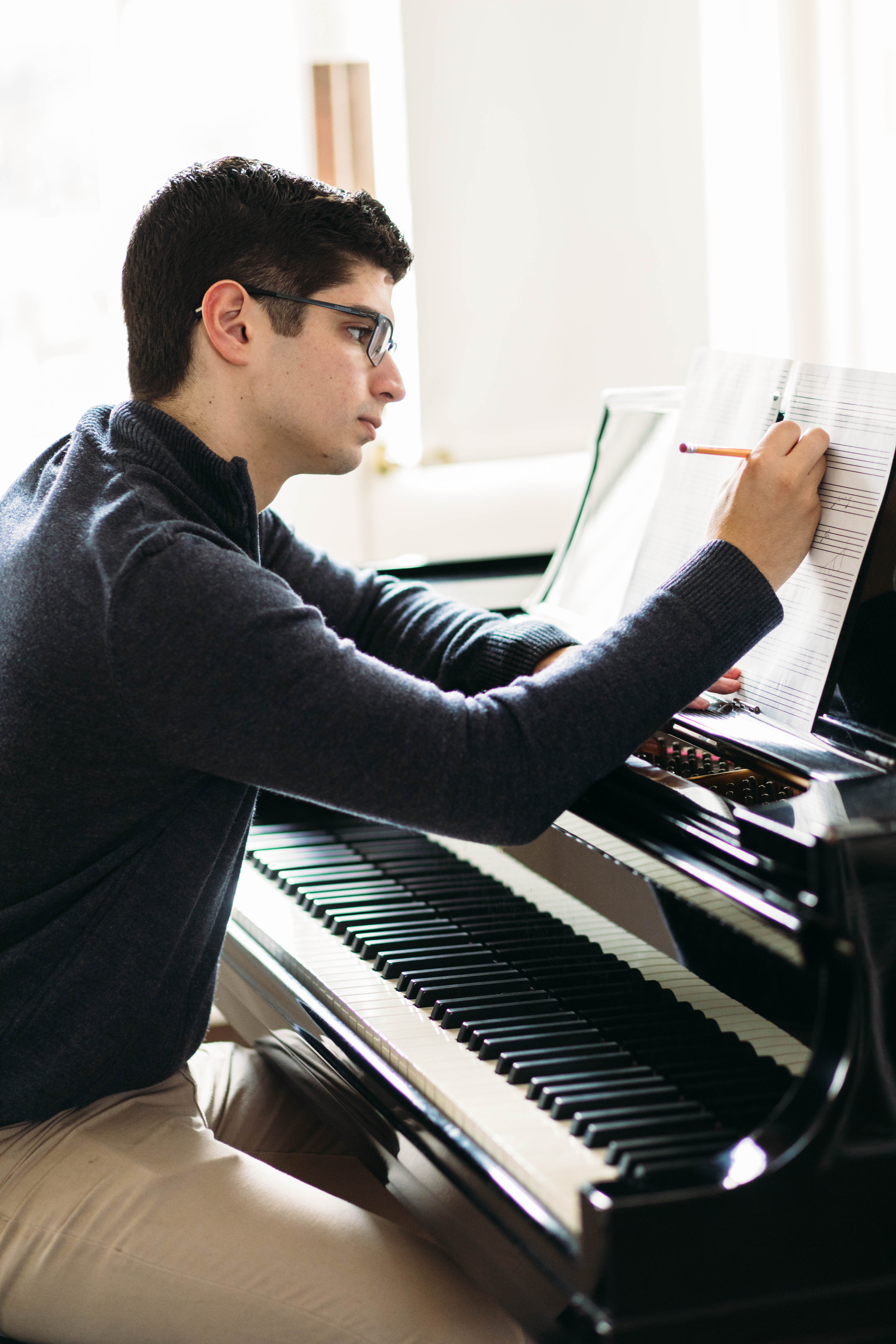
When I was expecting my oldest son, I taught a very sweet but incredibly challenging (and needy) group of third graders. At the end of the school day, I would walk (and at the end waddle) to my car, blast the air conditioner on high (we lived in South Florida then) and also play Vivaldi loudly! I would lean my seat back and just breath deeply and listen to classical music to decompress from the long day. I have always loved music and wished I was able to sing and play the piano but alas I was not gifted with such talents yet I could identify good music and talent when I heard it. When my son was born he had terrible car sickness and would cry the whole ride to anywhere unless I played Vivaldi really loud in the van! Vivaldi put him to sleep!! Can you believe it? Fast forward 18 months later and I was then teaching kindergarten. At the time we were responsible for teaching music and art so I sang popular tunes with my students often. When I would get home, I sang them to my baby. The tunes were in English, I only spoke to him in Spanish but he would cover my mouth when I missed a note and say, “asi no es mami!” (“that is not how it goes , mom!”) Lets just say that music was always easy for Guillermo.
My husband and I are not musicians or musically inclined, but we simply LOVE music and listen to it often. Music has been part of our relationship from the start! Our oldest is now 20 years old and studying Music Theory and Composition in college…music has always come so easy to him, I always thought he just got genetically lucky…but then all the other six children showed similar signs of being musically smart. Turns out not only is genetics important but also apparently environment is just as important!

So my husband and I always wondered why all seven of our children are so musically inclined and now we know why…here is the importance of exposing your children, specifically your babies, to complex music like classical, chant, and jazz, from conception until the age of two…they can help your children acquire perfect pitch because it helps them comprehend more complicated phonemes…same goes for languages! This channel is phenomenal for learning about the science of music!
Oh and here are some of our son’s amazing compositions many of which he wrote while still at home as a homeschooled teenager! Enjoy!
PS: the Pie Iesu and Panis Angelicum is him conducting!!
https://www.youtube.com/user/musictothemax








